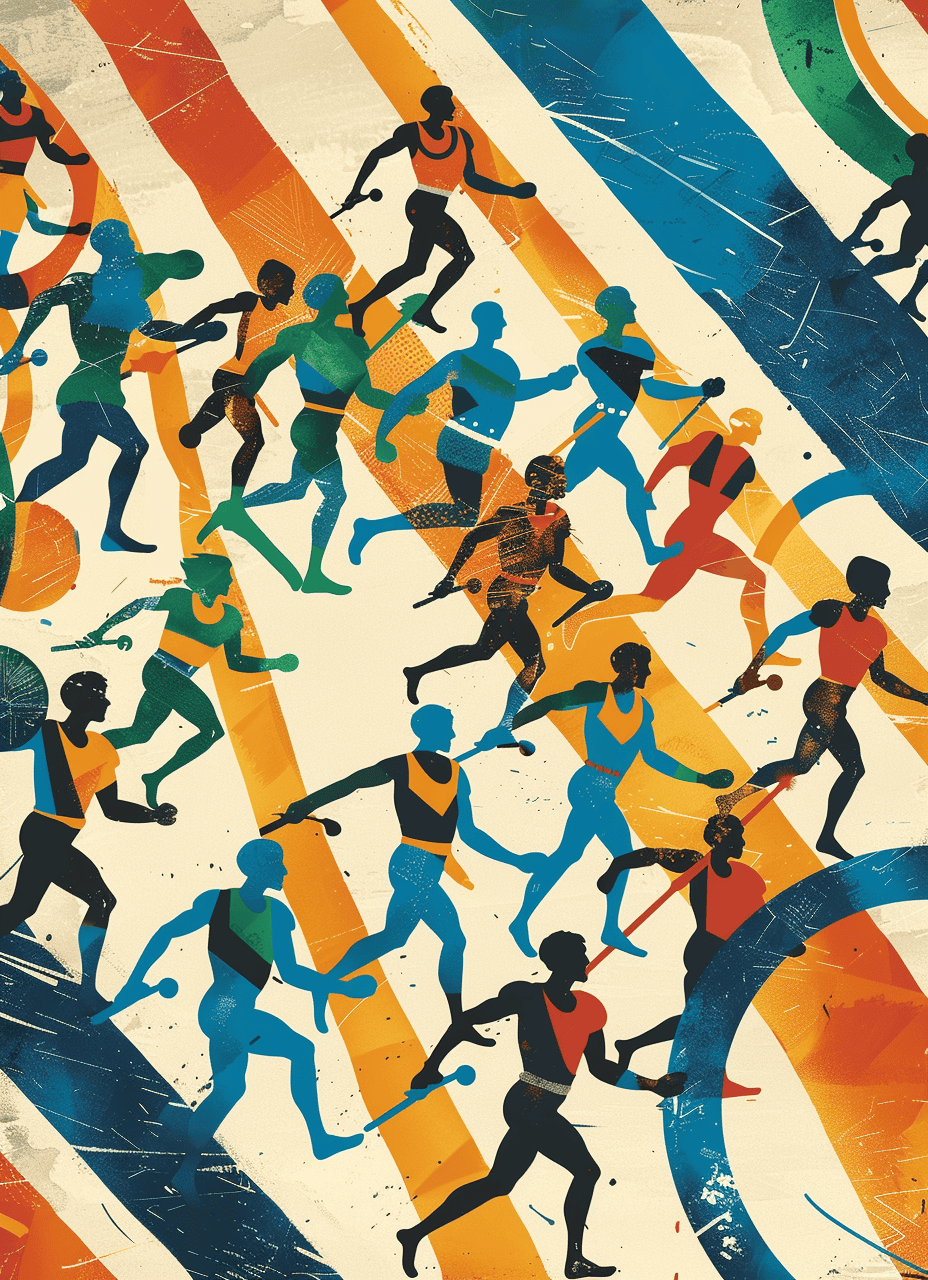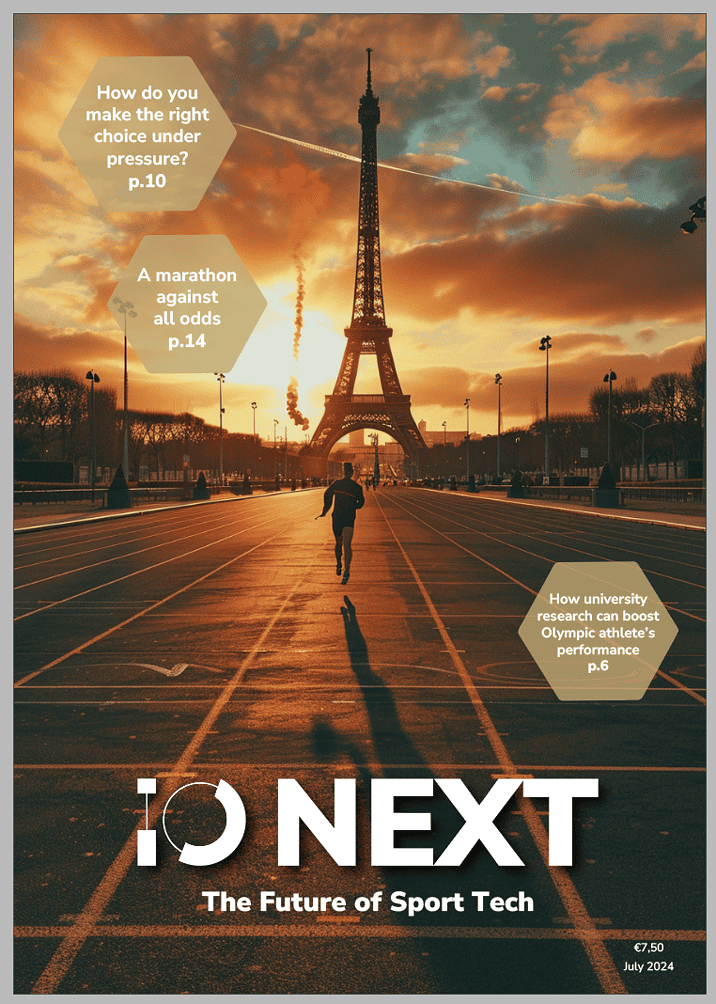
I’ve never counted myself in the athletic category. Here and there I played some volleyball, but not at a high level. It never bothered me that much, until a year ago. As I climbed the stairs, panting, with two grocery bags – my fitness at an all-time low – I decided enough was enough. High time for a more active lifestyle.
I signed up for the NN Marathon Rotterdam, which would take place nine months later. As an interim step, I participated in a half marathon in Linschoten, in the middle of winter. For the first time in my life, I ran 20 kilometers. After that milestone, things got better and better. Every week I got stronger and I was running further and faster. I felt more energetic than ever before. Two months before the start of the marathon, I ran 30 kilometers in one stretch. Wow, how are my legs capable of such a thing, I thought.
And of course. Only one month to go and I injured my knee. A classic runner’s knee. Running was no longer possible; even walking was too much. As if that wasn’t enough, two weeks before the start of the marathon, I became sicker than I had ever been before. Could it get any worse? Yep! Three days before the start of the marathon, I was prescribed a heavy course of antibiotics because of an infection. You will understand: the finish line suddenly seemed extremely far away.
Whether it made it to the finish line, I’ll tell you later. But first: let’s daydream, as I did a lot on the couch with my injured knee. What would the world look like, if ... technology was so advanced – and affordable – that you could micromanage your physical condition perfectly? Would I have been able to prevent my injury then? Would everything run smoothly?
There’s something about sport. And so here is a magazine full of technology and sport for you. For ‘IO Next: The Future of Sport Tech’ our team delved into innovations for professionals and amateur athletes.

Preparing
Monday morning, 07:30. My curtains open automatically and the lights are on. A virtual coach, a little hologram, appears on my smartwatch. “Ready for today?”, she asks. I nod. In the evening, a workout is scheduled. After an extensive analysis of my sleep cycle that night, she concludes that I should scale back my mileage for the day. Apparently, I did not reach my deep sleep stage last night. Ah, hence the cranky mood, I realize.
We are in the middle of summer and the temperature outside is still on the high side. Based on my data about my body temperature and weather conditions, I receive advice from my coach about my running outfit for the day: shorts and a breathable short-sleeved shirt is the best choice.
The workout
After a long working day, it’s time for the running session. Shoes on and go. I am half an hour into the run. My coach notes, “Your heart rate seems a little higher than normal at this point in your workout. Let’s turn it down a notch to avoid overtraining.” Her suggestion comes just in time; I adjust my pace and feel my heart rate gradually decrease.
Not only my sports watch collects data during the workout. There are also sensors in my athletic shoes. Thanks to real-time feedback, injuries are a thing of the past. “Your left leg seems to exert a little more force compared to the right,” I hear now. “Let’s rebalance a bit to avoid overloading your left knee.” I focus on my technique and distribute my effort evenly between both legs.
After 40 minutes of running, I get thirsty. I grab my water bottle and take a few sips as I keep running. After three sips, a beep sounds from my smart bottle. I have to stop drinking now. This feature prevents me from drinking too much water and straining my stomach.
Cooling down
Workout completed. During the cooling down process, my virtual coach guides me through the process smoothly again. We take the data from my watch and shoes and discuss which muscle groups need extra attention. Meanwhile, in the kitchen, my robot assistant prepares a perfect smoothie. The composition of nutrients is precisely tailored to my tastes, genetic profile, gut flora, and the data from my last workouts. Strawberries are never missing, and this time we throw some extra avocado into the mix, just to avoid some potential muscle cramps. Yum!
My holographic coach, kitchen helper, watch, smart water bottle, and running shoes joined forces for a year to get the best results. Everything to get me ready for that one moment when I have to complete the mythical 42.2 kilometers. I start my race well-rested and with confidence.
The finish line
Back to the real world. Miracles exist, because, on Sunday, April 14, I reached the finish line in Rotterdam, cheered on by tens of thousands of spectators. Tired, and slower than I had intended. But we did it. Nobody can take that medal away from me. And those struggles, well, they make it somewhat special. On to the next marathon adventure!


